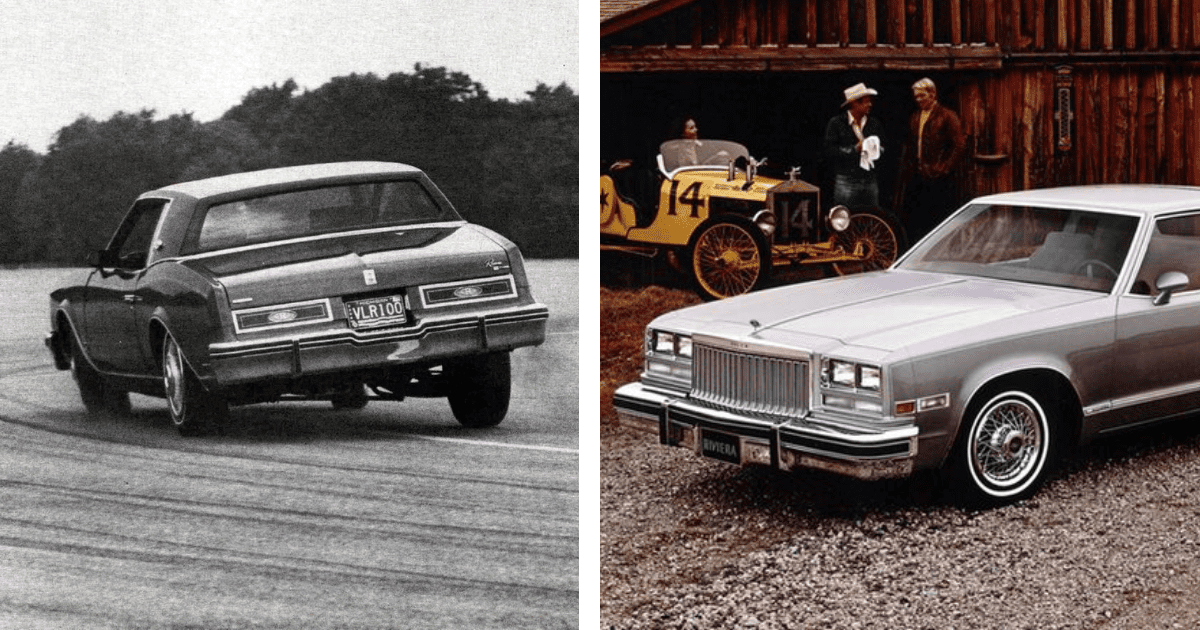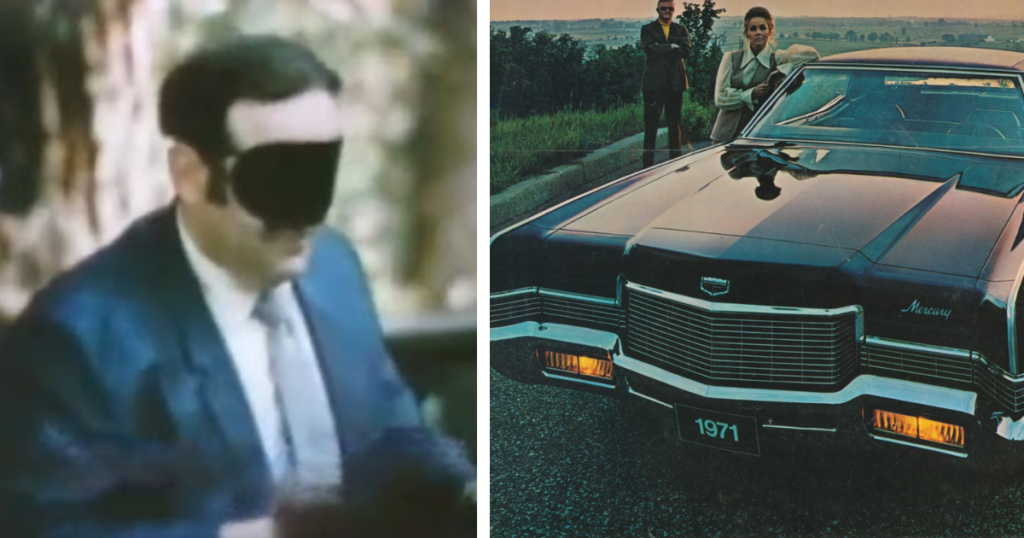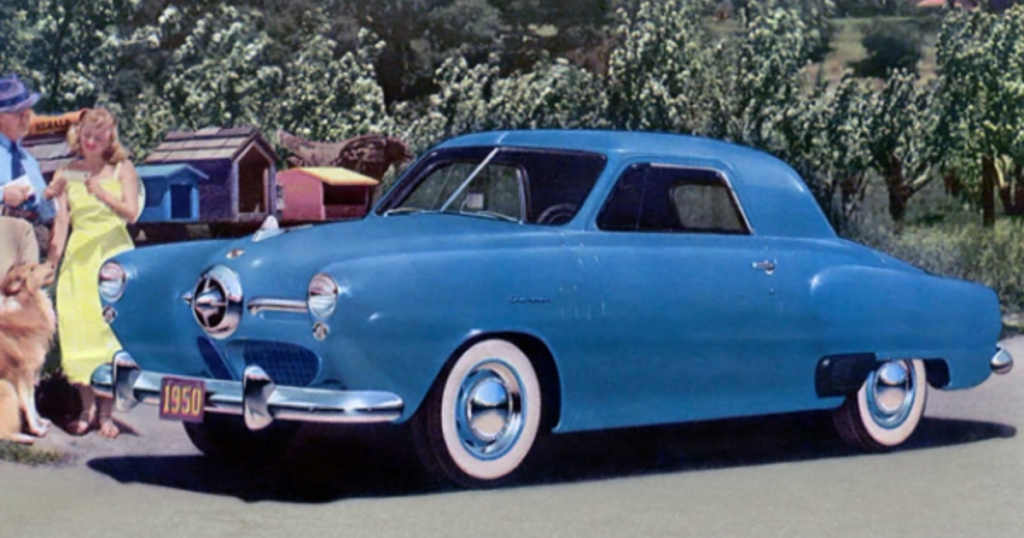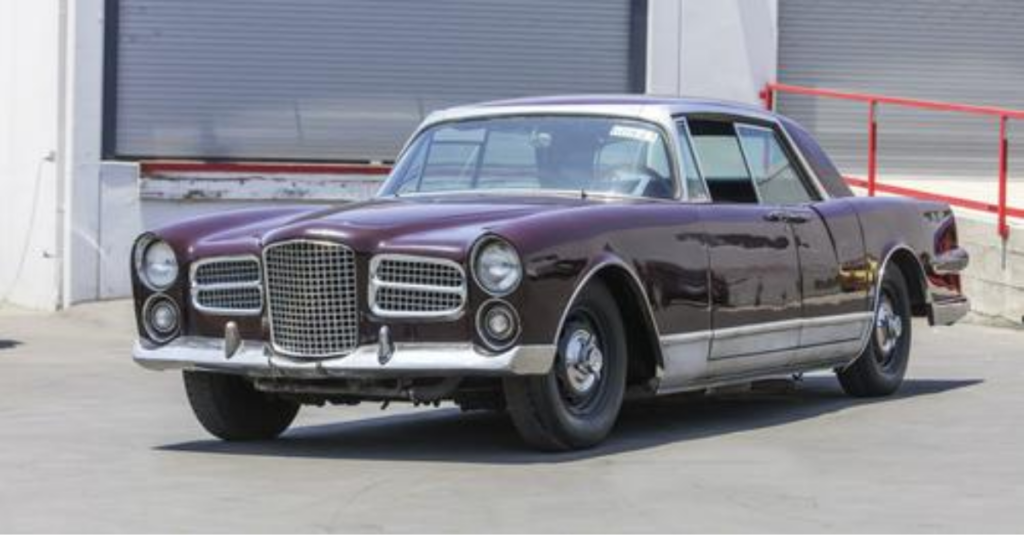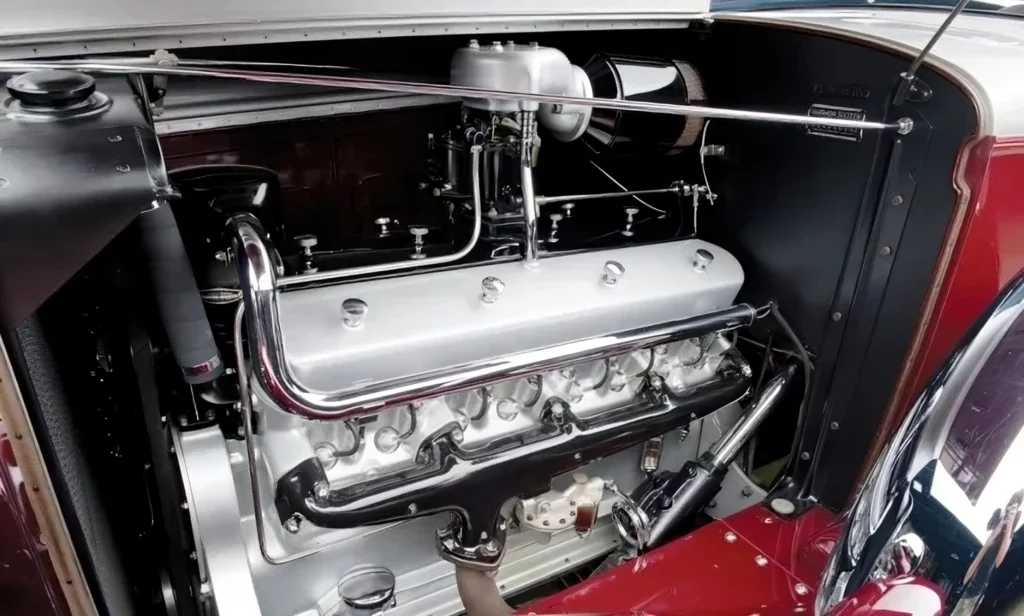
One of the forerunners of the American auto industry, Howard Carpenter Marmon (1876–1943), finished his first automobile in 1902. Early V4 and V8 engines were among his forward-thinking concepts, and in 1911, his Marmon Wasp won the first Indianapolis 500. His father co-founded Nordyke & Marmon in Indianapolis, which was subsequently renamed the Marmon Motor Car Co. The company gained a strong reputation for producing well-built, carefully engineered cars.
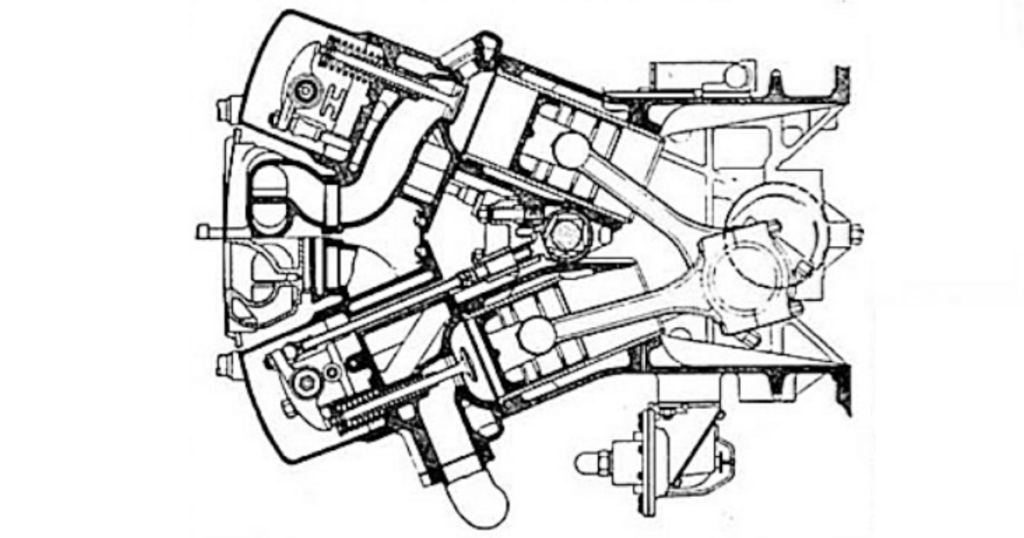
Even though the business was competent, it lacked many of the technological resources of its competitor Cadillac, which possessed the full engineering power of General Motors. Less than 15,000 automobiles were produced in 1928, Marmon’s greatest year, compared to GM’s 1.5 million overall production. That didn’t stop the Indianapolis automaker from creating a vehicle that challenged the formidable Cadillac V16, the best vehicle GM could create. The Marmon Sixteen was the name of the company’s improved V16, which was designed internally.
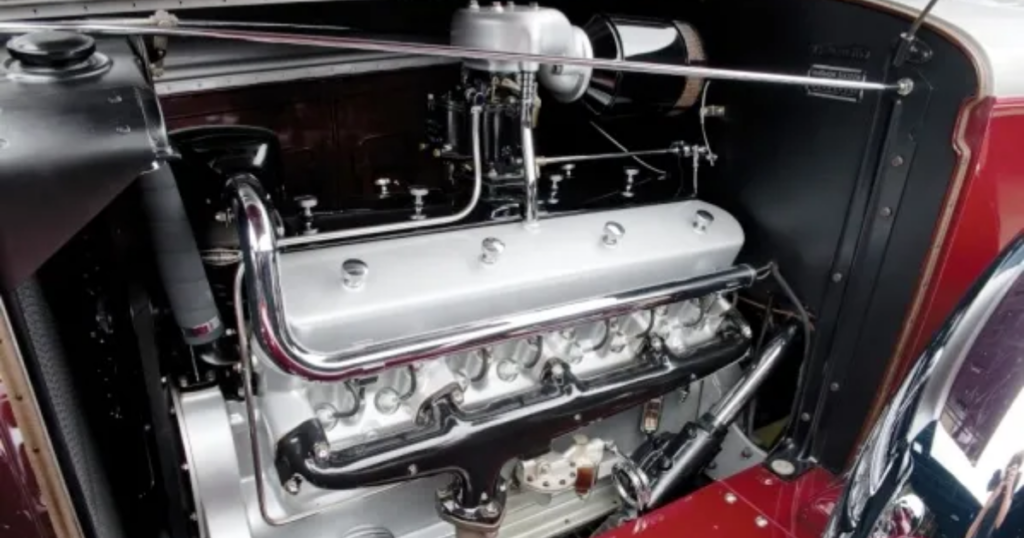
In 1926, Marmon started experimenting with the V16 engine using an engine that was constructed from two of its straight eights connected together. However, after deciding that a new strategy was needed, it started from the beginning. The resulting production Sixteen had a single camshaft in the block with rocker-arm overhead-valve actuation and a 45-degree bank angle for excellent balance. Having a displacement of 490.8 cubic inches, it was significantly larger than the 452 CID Cadillac V16, with a 3.125-inch bore and a 4.00-inch stroke. Additionally, the Cadillac only produced 165 horsepower at 3,200 rpm, whereas the Marmon’s high 6.0:1 compression ratio produced 200 horsepower at 3,400 rpm.
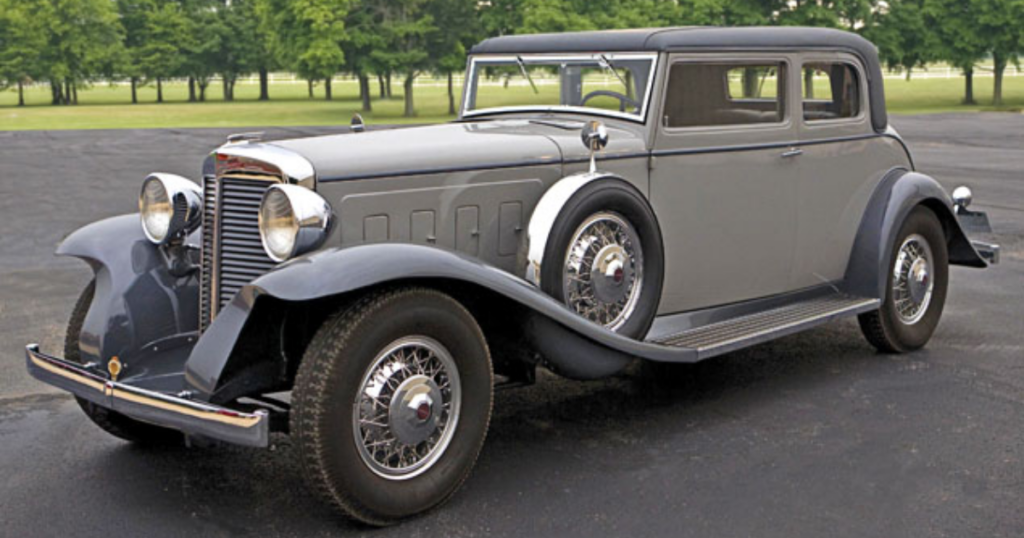
Because the Marmon was made almost entirely of aluminum, it weighed 930 pounds, which was a substantial weight reduction over the Cadillac. The exquisitely cast rocker covers were fastened with knurled thumbscrews, and the aluminum block had push-in iron liners with rubber seals (above). Furthermore, the Marmon’s Stromberg two-barrel downdraft carburetor was placed snugly between the banks, making it a rather compact package, whereas the Caddy was configured like twin straight-eights with outboard intake and exhaust plumbing.
When Cadillac unveiled its V16 in January 1930, ahead of Marmon, they were disappointed but not deterred. By the spring of 1931, Marmon had the Sixteen in full production. With a range of factory body designs and a 145-inch wheelbase chassis, the Sixteen was priced between $5,090 and $5,440, making it competitively priced with its 16-cylinder Cadillac opponent.
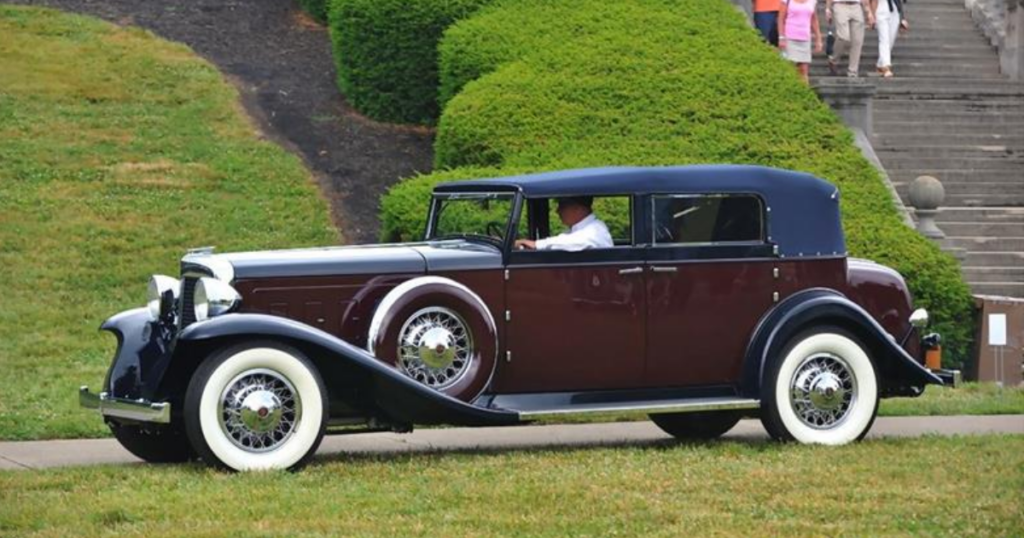
But by then, the auto industry was facing serious financial difficulties, the market for ultra-premium vehicles was rapidly contracting, and all the automakers were in jeopardy. Between 1931 and May 1933, when the Marmon Motor Car Co. filed for bankruptcy, only about 390 Sixteens were constructed. As a co-founder of the pioneer of four-wheel drive trucks, Marmon-Herrington, Howard Marmon advanced to his next technical challenge.

